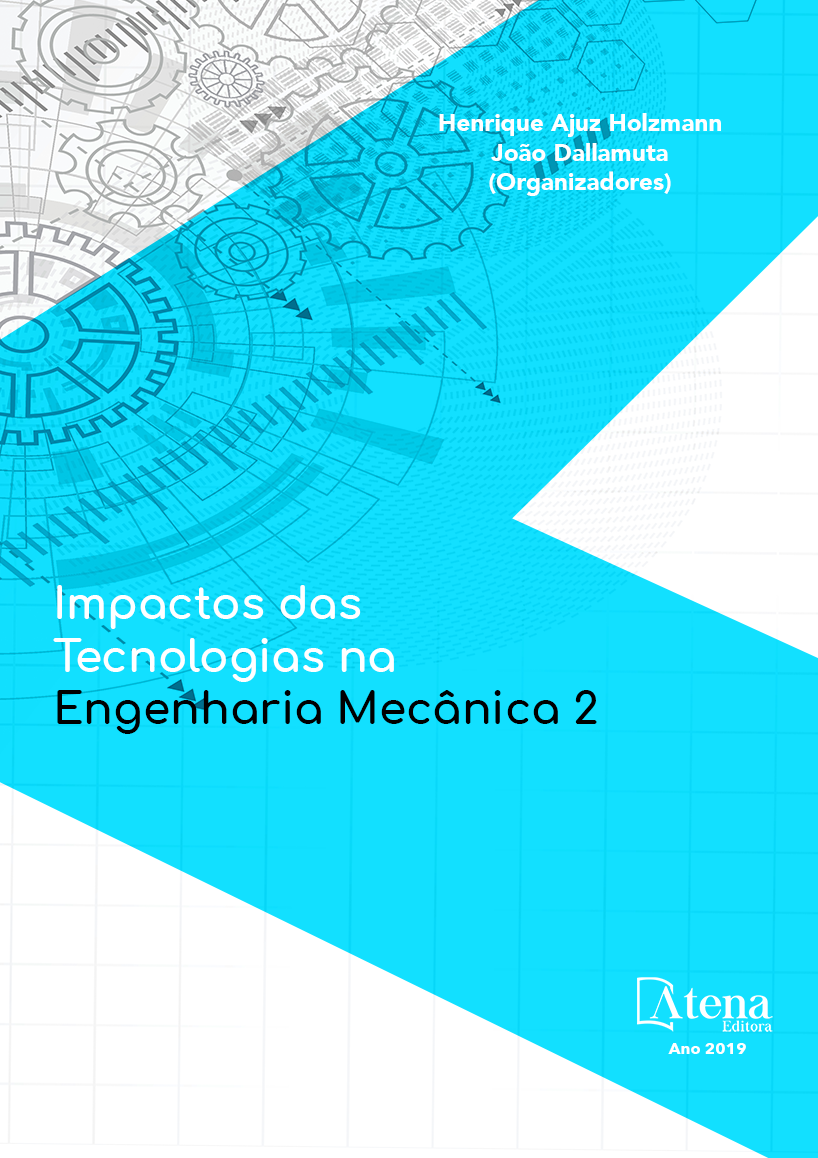
AVALIAÇÃO DA IMPLEMENTAÇÃO DE TÉCNICAS DE CONTROLE ATIVO DE RUÍDO EM VENEZIANAS ACÚSTICAS COM CONFIGURAÇÕES DISTINTAS VIA ELEMENTOS FINITOS
A busca por alternativas que sejam
capazes de compatibilizar sustentabilidade,
eficiência energética e térmica, ventilação
natural e conforto acústico é cada vez maior,
fazendo com que a utilização de esquadrias
acústicas ventiladas esteja em evidência
por apresentar grande potencial. Entretanto,
as existentes no mercado, não apresentam
bom desempenho nas baixas frequências por
utilizarem apenas técnicas passivas de controle
de ruído. Dessa forma, este trabalho pretende
avaliar a implementação de técnicas de controle
ativo de ruído em venezianas acústicas com
configurações distintas, com o objetivo de
maximizar a perda por transmissão de ruído em
baixas frequências. Os resultados indicam a
possibilidade de se obter uma redução do ruído
irradiado, superior a 35 dB.
AVALIAÇÃO DA IMPLEMENTAÇÃO DE TÉCNICAS DE CONTROLE ATIVO DE RUÍDO EM VENEZIANAS ACÚSTICAS COM CONFIGURAÇÕES DISTINTAS VIA ELEMENTOS FINITOS
-
DOI: 10.22533/at.ed.47019050418
-
Palavras-chave: Controle ativo de ruído, Venezianas acústicas, Elementos Finitos.
-
Keywords: Active noise control, Acoustic louvres, Finite elements.
-
Abstract:
The search for alternatives that
are compatible with sustainability, energy
and thermal efficiency, natural ventilation and
acoustic comfort is increasing, making the use
of ventilated acoustic frames due to its great
potential. However, those in the market do not
perform well at low frequencies because they
use only passive noise control techniques. Thus,
this work intends to evaluate the implementation
of active noise control techniques in acoustic
shutters with different configurations, to
maximize the loss by transmitting noise at low
frequencies. The results indicate the possibility
of obtaining a reduction of the irradiated noise,
exceeding 35 dB.
-
Número de páginas: 15
- Geisa Arruda Zuffi
- Fabiana Alves Pereira
- Marcus Antonio Viana


